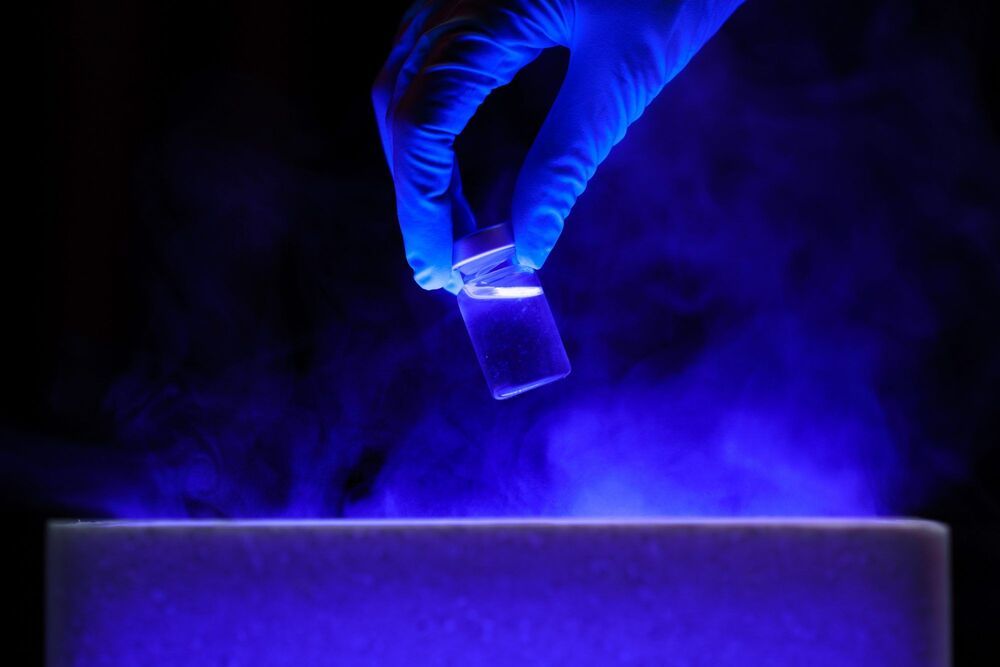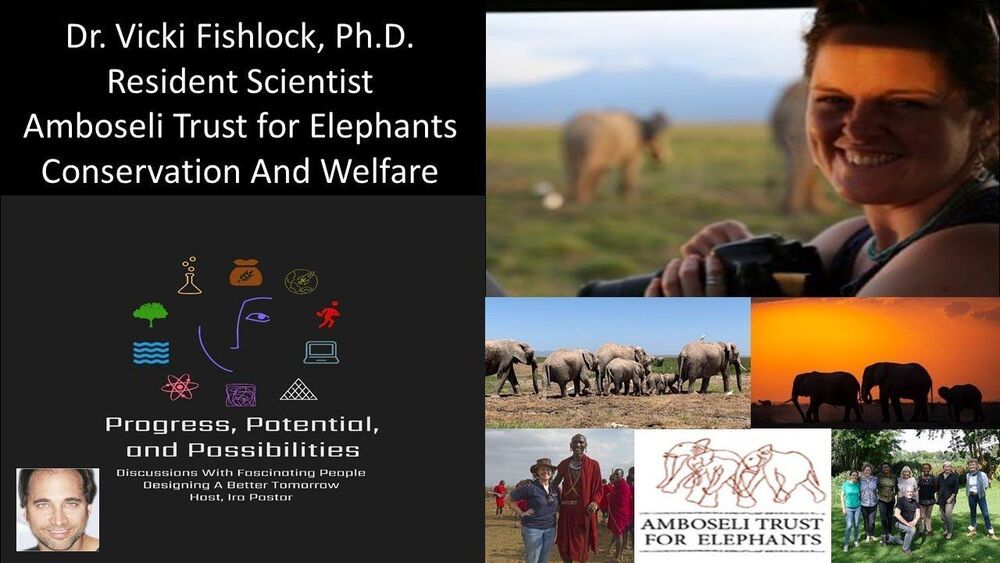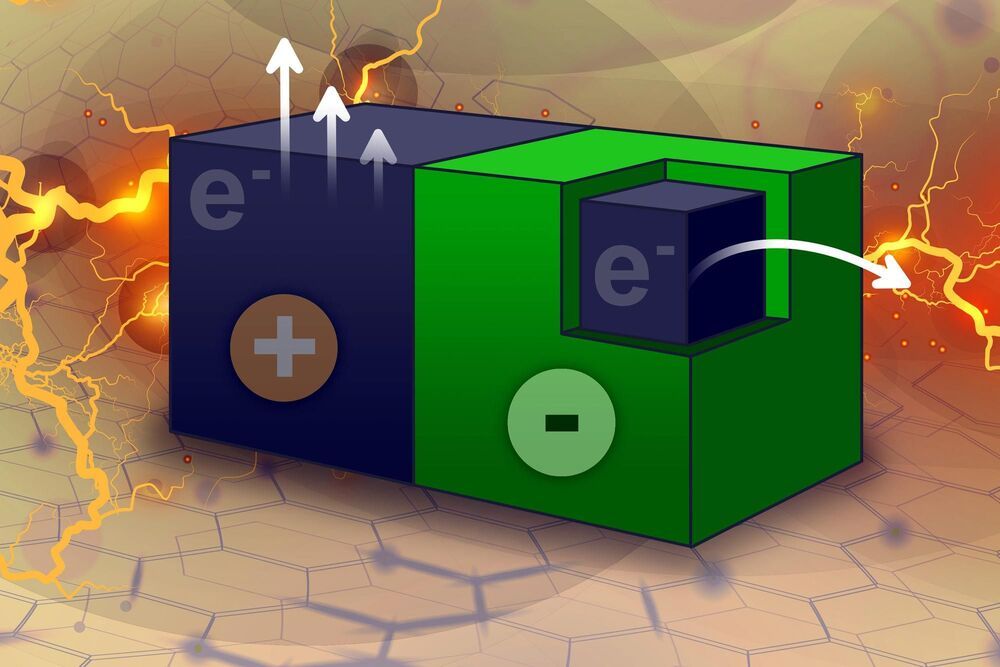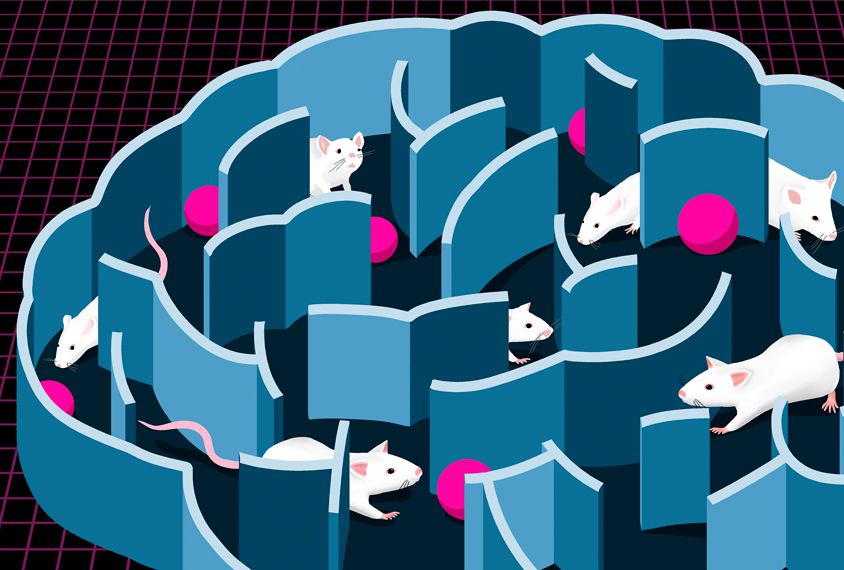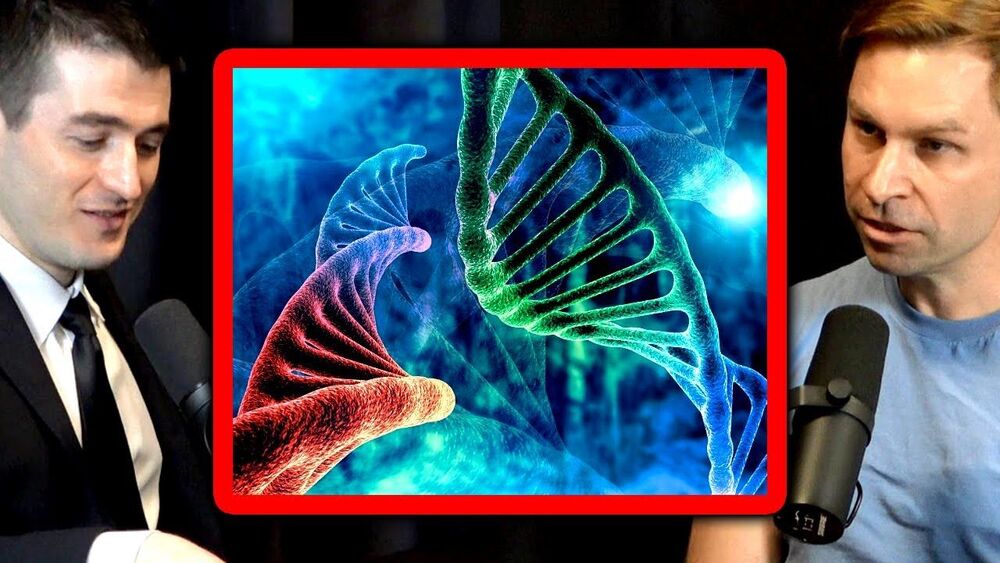Jun 9, 2021
If We Mix Jet Fuel Using Shockwaves, We Can Get to Mars Faster
Posted by Quinn Sena in category: space travel
A lesson in fluid dynamics.
Could astronauts surf to Mars assisted by a hypersonic shockwave? A new paper in the Journal of Fluid Dynamics suggests it’s a more likely scenario than we think, combining traditional propulsion with a shockwave method for mixing fuel ratios to reach their full explosive potential.
In the new paper, researchers from the University of Southern California investigate the way applying a shockwave helps or hinders how the “scalars,” or different fluids, can mix effectively. Take a leisurely swirl of oxygen and fuel and you might only reach regular supersonic speeds. But add the Nutribullet impact of a shockwave and the oxygen-fuel smoothie could carry you at five times or more the speed of sound, reaching the hypersonic range.
Continue reading “If We Mix Jet Fuel Using Shockwaves, We Can Get to Mars Faster” »


